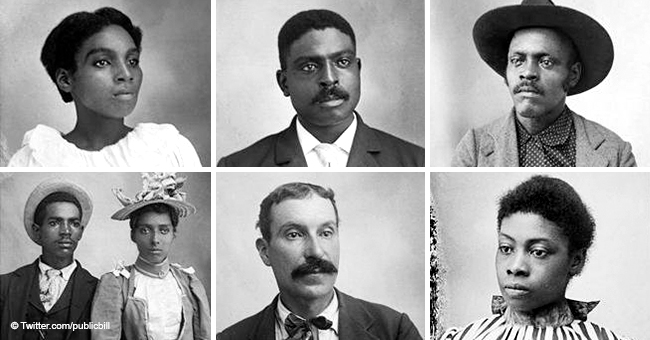
Recently Published Photos Show Racial Divides in Segregated South in the Beginning of 20th Century
A new book of photographs taken in the South in the 20th Century by Hugh Mangum reveals the dark specter of segregation that still haunts America.
Even though slavery ended under the law in 1865, 150 years later America is still reaping the dark fruits of that bitter harvest,
At the turn of the last century, that dark shadow from our past lay heavily on the South and was captured by photographer Hugh Magnum.
PHOTOGRAPHING THE WAR-SCARRED SOUTH
At the beginning of what would later be known as the "Jim Crow" era, Hugh Magnum was working as an itinerant photographer in North Carolina and the Virginias
The Civil War was over, but the deep psychic scars of the Confederate defeat disfigured southern culture.
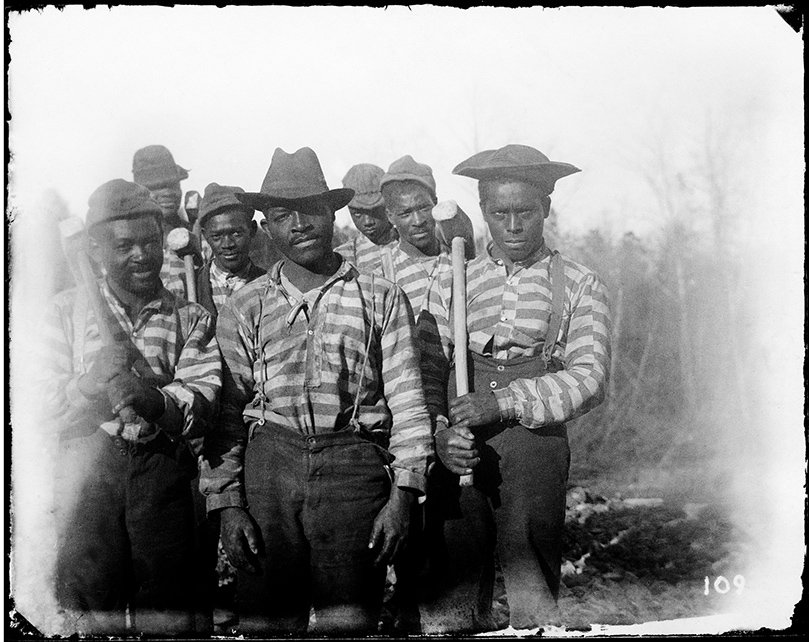
Hugh Mangum Photographs/ Source: David M. Rubenstein Rare Book & Manuscript Library, Duke University
THE END OF SLAVERY, THE BEGINNING OF SEGREGATION
It is this period in history that Magnum's photographs document, and which has now been distilled into a fascinating book published by Red Hook Editions Photos: "Day or Night: The Archive of Hugh Mangum."
Magnum's original darkroom has been restored, and the "Hugh Mangum Museum of Photography" was opened at West Point Park
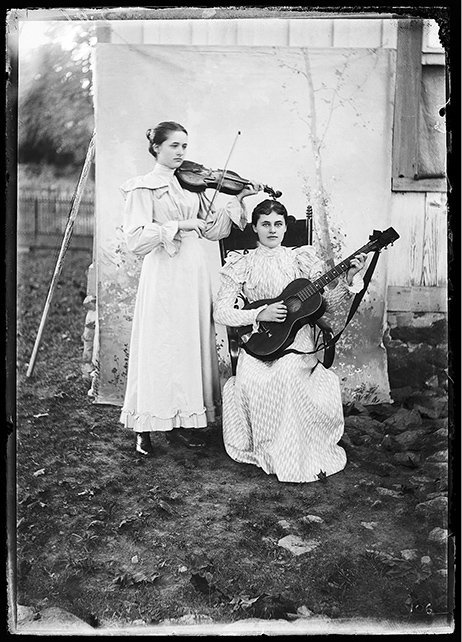
Hugh Mangum Photographs/ Source: David M. Rubenstein Rare Book & Manuscript Library, Duke University
A CANDID EYE CAPTURED THE SOUL OF THE FRACTURED SOUTH
Magnum photographed rich and poor, black and white in the early 1890s with the same candid lens, and so provided America with an incalculably valuable chronicle of its past.
Magnum captured chain gangs of disenfranchised black men, and dainty southern ladies in their lawn and lace - the heartbreaking dichotomy that would birth the Civil Rights movement, and is still a festering wound in our national psyche.
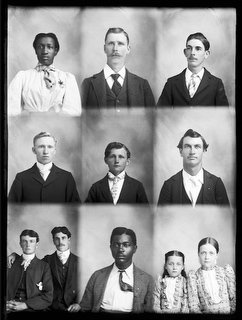
Hugh Mangum Photographs/ Source: David M. Rubenstein Rare Book & Manuscript Library, Duke University
A TREASURE TROVE OF HISTORIC IMAGES
Mangum's work was long forgotten, and many of his images, registered on fragile glass plate negatives, were lost.
What remained of his legacy was gathered and Hugh Mangum's glass plate negatives were donated to the Rare Book, Manuscript, and Special Collections Library at Duke University.
Magnum's original darkroom has been restored, and the "Hugh Mangum Museum of Photography" was opened at West Point Park on the Eno River, in North Carolina.
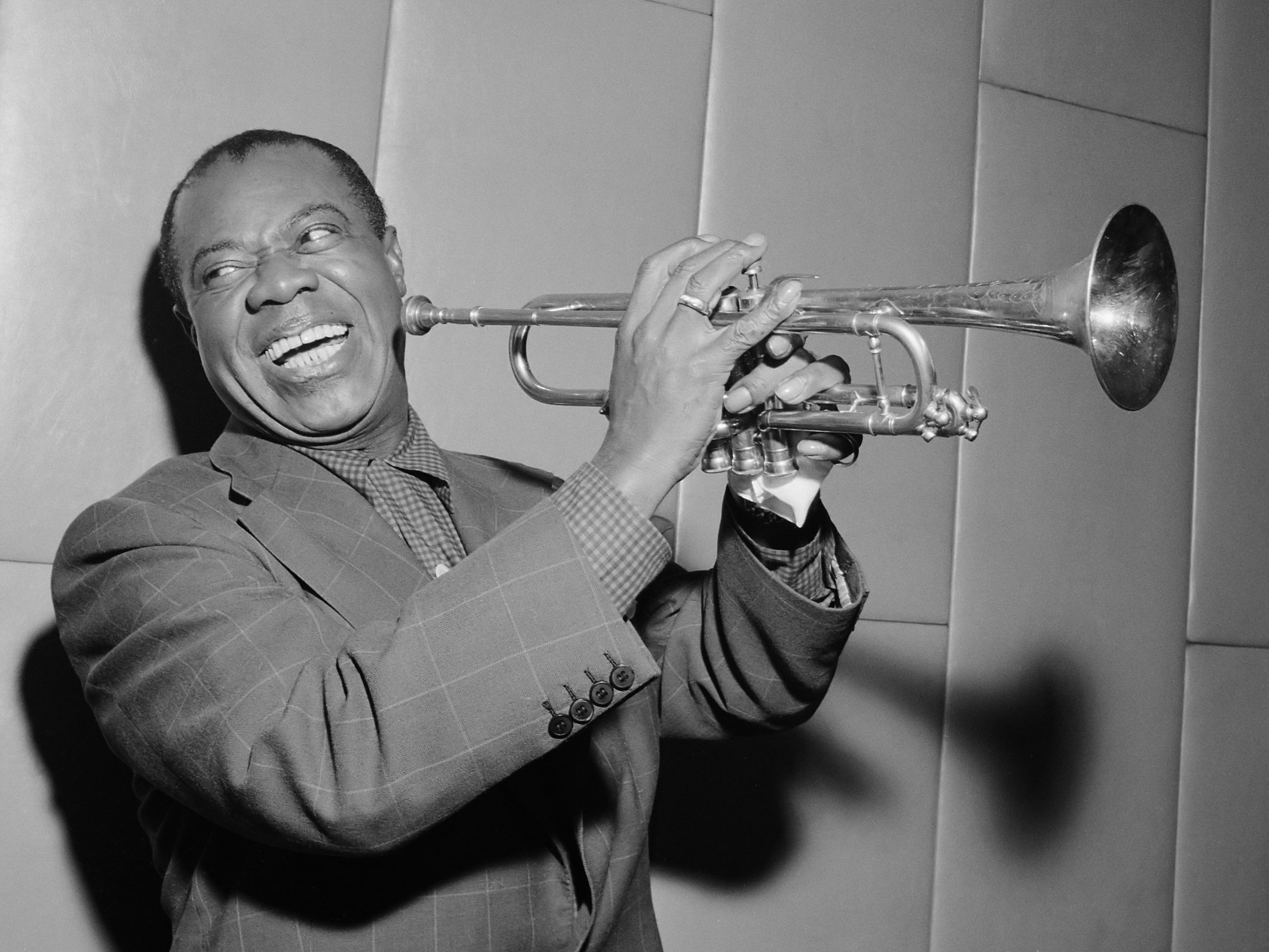
Louis Armstrong playing in Amsterdam. October, 1955. | Photo: Wikimedia Commons Images
PLAYING THE SOUTH IN THE JIM CROW ERA
Much later in the mid 20th century, legendary musician Louis Armstrong would travel the same roads of the deep South as Hugh Magnum, but he carried a trumpet, not a camera.
Armstrong, who was dubbed by many as an "Uncle Tom" for his silence on Civil Rights issues, would shatter those misconceptions in one explosive interview in 1957.
A reporter asked Armstrong for his opinion with regards to an incident that was dividing opinions throughout the country. The U.S. Supreme Court had issued the historic Brown v. Board of Education ruling, which stated that all laws establishing segregated schools to be unconstitutional, and called for the desegregation of all schools throughout the country.
Little Rock Central High School had refused integration and blocked the entry of black students - and Armstrong lashed out at President Eisenhower for his passivity.
One week after the interview was published, President Eisenhower sent 1,200 paratroopers from the 101st Airborne into Little Rock to escorted the nine black students into Central High School.
